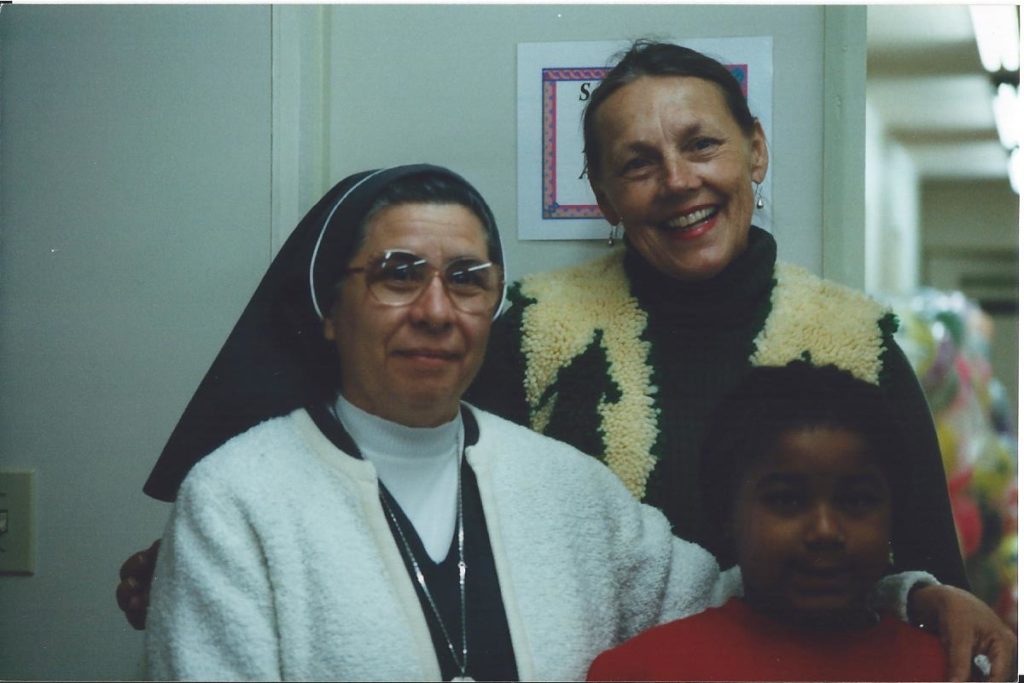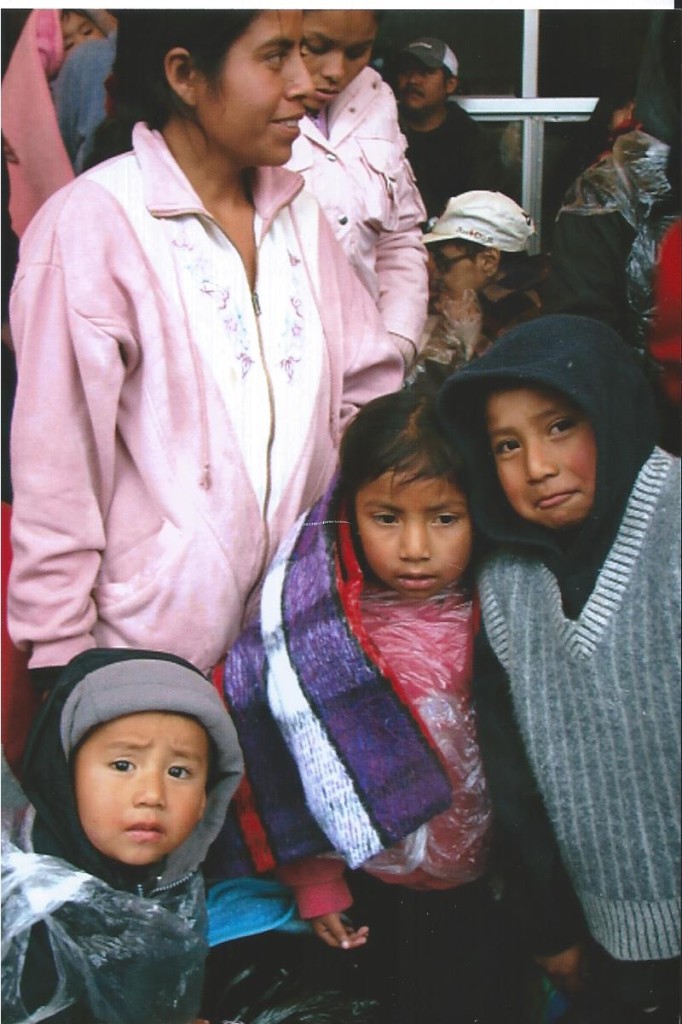A Day in Tijuana’s Colonias with the Sisters of Casa de Los Pobres Reveals Glimpses of God at Work (Part 2)
By Nicholas Ballor, nSJ This is part two of Nicholas’ account of his visit to Tijuana’s colonias with the Sisters of the Casa de Los Pobres.
As I walk through the dusty colonia with Madre Angelica, the next home we visit is the most painful. We knock on a decrepit fence door, and a 17-year-old boy in a wheelchair awkwardly opens the fence. He welcomes us in. The boy wears over his head a hood that has been ripped off a winter jacket. He wears it to protect his head, because he has a tube installed in his skull to treat water on the brain. A scar is visible on his lip, perhaps from a surgery for a cleft palate. I can see that his legs are severely atrophied. When Madre Angelica speaks to him, he seems a little shy. He is loving, gentle, and delicate. I want him to have a better home. He needs a clean floor and less rock-ridden streets of clay. He needs less filth, less violence, less steep slopes to maneuver in his chair. The Madres come every day to this colonia to teach catechism to these forgotten

children. They are a candle flickering in the darkness, spreading their light through the children. I see Christ in this boy stricken with illness. The young man seems so loving. It is not appropriate to feel pity for him, because God is with him. The next family we visit has a nice cement house, but they bear many troubles. Several years ago, three of the mother’s sons who were in their twenties passed away within a two-year period. The daughters try to earn money in various ways. One girl shows us edible marshmallow depictions of various TV cartoon or muppet figures she sells to people waiting in line to enter the United States. The sculptures are secured onto a stick and wrapped loosely in cellophane and sealed with little ribbons. The little marshmallow popsicles are beautiful, but they are only sold for $2 each.

I look at a recessed painting on the wall and come to realize part of the beauty that a holy poverty can bring forth. It is among the few things they have to add beauty to their home. This is a glimpse of God here in this family. This family is not suffering. They are poor, yes. They have difficulties, yes. But they have joy, it seems, and the hospitality they show us is beyond anything I have ever encountered anywhere. They welcome us not only into their home but into their hearts. As we visit with the family, the father is grilling chicken on the front porch. They do not hesitate to offer food and drink from their modest means. They make no apologies and they have no pride, just sincerity and simplicity. I see Christ here in this family. I see such love, such hope, such endurance in the midst of tribulations and trials. Walking through these barrios is difficult because of the quick elevation changes and the poor quality of the roads. I am struck by the variations in the quality of the houses. A shack made of board here, a secure cement home there, a multiple-story mansion there. I observe a blessing hidden within this severe impoverishment. The traditional social boundaries found in more affluent communities are absent here because of the lack of physical boundaries between these makeshift homes and neighborhoods. Leaving this community, I feel great consolation and confirmation in my vocation. There is such work that must be done. I see here the tangible fruits to be brought forth through the Gospel. It is palpable how impactful Christ’s Way can be among these people. I have a renewed appreciation for the importance of the formation process I am embarking upon (in the Jesuit order). I see the importance of education and the powerful tools, both spiritual and material, of the Catholic Church and modern science to bring healing to these people. “{What good is it, my brothers and sisters, if someone claims to have faith but has no deeds?” (James 2:14) Nicholas Ballor, nSJ, is a Jesuit novice who visited the Casa de Los Pobres in Tijuana, Mexico as part of his formation.




